Vintage Tribal Kilim Runner 3' 3" x 10' 5" (39" x 125")
Type:
Kilim RugsCollection:
Tribal RunnersID:
K0077102Size:
Material:
The designs feature a rich array of symbols representing tribal culture and Anatolian motifs, often in the form of medallions, diamonds, and other geometric shapes.
The designs feature a rich array of symbols representing tribal culture and Anatolian motifs, often in the form of medallions, diamonds, and other geometric shapes. These kilim runners are ideal for hallways and narrow spaces, offering a touch of ethnic charm and artisanal quality to any interior.
Herki kilims not only serve as functional floor coverings but also as artistic expressions of tribal identity, making each rug a unique cultural artifact.
Design Elements
- Pattern: The runner features an array of geometric patterns. These shapes often consist of sharp angles and repeated motifs creating a rhythmic visual experience.
- Symmetry: The design often utilizes symmetry, which enhances balance and a sense of order throughout the piece.
- Texture: The kilim's flat-woven technique offers a unique texture, giving the rug depth without the bulkiness of pile rugs.
- Borders: The outer borders are often elaborately designed, framing the main motifs and drawing attention to the central patterns.
- Motifs: The use of various symbols like diamonds, arrows, and human-like figures often holds cultural significance and storytelling elements.
Colors
- Red: Predominantly featured, this color represents warmth and vitality. It signifies strength, power, and passion within the culture.
- Orange: Complementary to red, orange invokes feelings of enthusiasm and creativity. It symbolizes abundance and prosperity.
- Brown: Used for contrast, brown signifies resilience and stability, grounding the vibrant colors with its strong presence.
- Cream: Often outlines or separates various motifs. Cream symbolizes purity and peace, acting as a balance to the vibrant hues.
- Blue and Green Accents: These colors often signify nature and tranquility, adding a sense of calm to the otherwise vibrant palette.
Main Motifs and Their Symbolism
- Diamond Shapes: Represents wealth and prosperity, often associated with the idea of abundance in life.
- Arrows: Symbolizes movement and direction, often indicating progress or the journey through life.
- Human Figures: These designs often reflect the importance of community and connection among people, portraying individuals or ancestors.
- Flowers or Leaf Motifs: Signifies beauty, growth, and new beginnings, representing the natural world and its cycles.
Summary
The vintage tribal kilim runner exhibits a distinctive combination of geometric patterns and vibrant colors, such as red, orange, brown, cream, and blue. Each element serves a purpose, whether it be aesthetic or symbolic. The motifs on the rug narrate stories of community, abundance, and the journey of life, reflecting the rich cultural heritage of the artisan who crafted it.
- Ships in 1-4 business days
- Only one in stock, handmade, unique
- Free shipping via FedEx Express. Easy returns
- Contact us or add a note to your order if you want us to delay your shipping.
- Request more info if you want this rug shorter or narrower
Colors may appear slightly different across various monitors due to screen settings device differences, and external lighting conditions. If color accuracy is important for your space, we recommend viewing the rug on multiple devices or contacting us for a detailed color description. We can provide detailed photos and references using Sherwin-Williams, Benjamin Moore, Pantone, or even Crayola crayons.
You can also visualize most of our products in your own room with AR (augmented reality) on an iPhone or iPad.
Return Policy
Need a rug pad? We recommend RugPadUSA
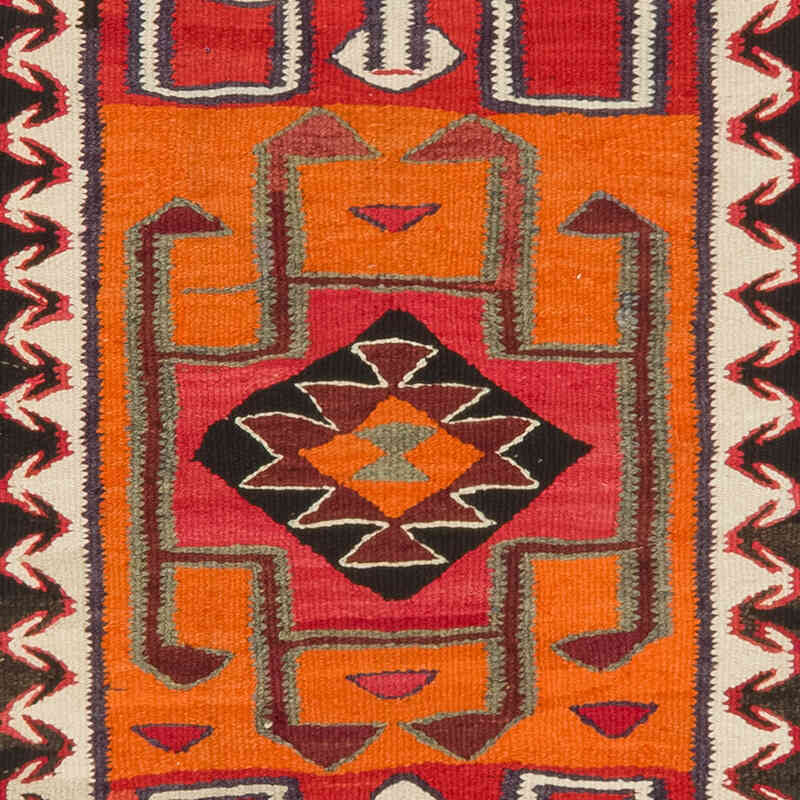
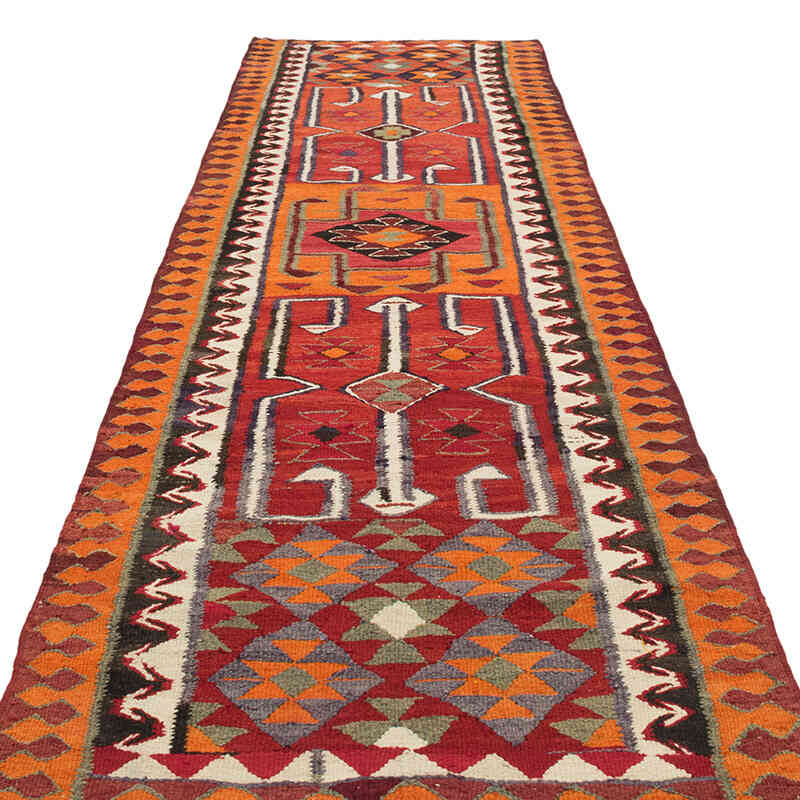
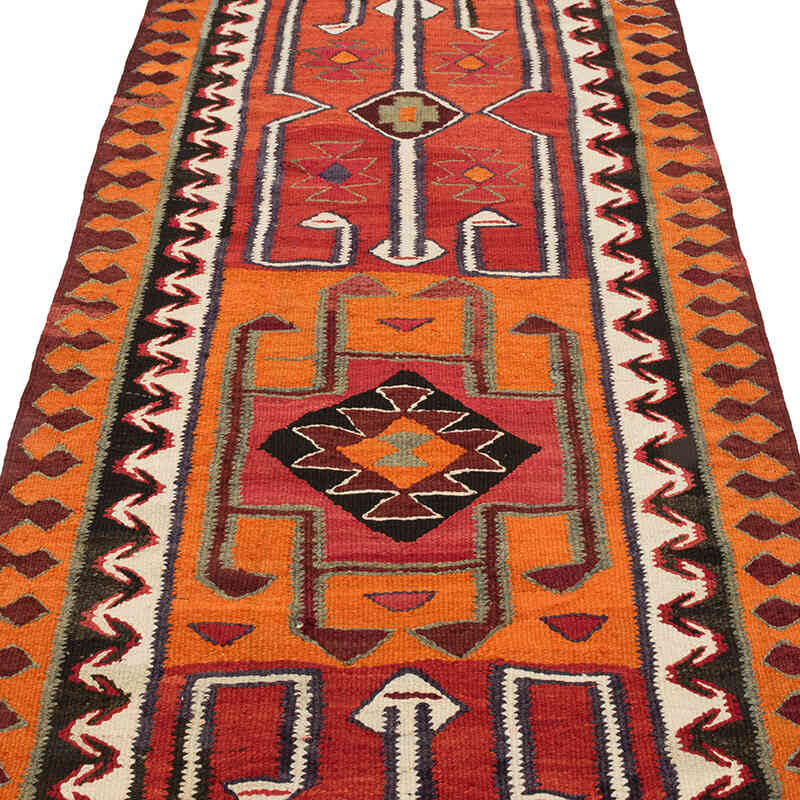
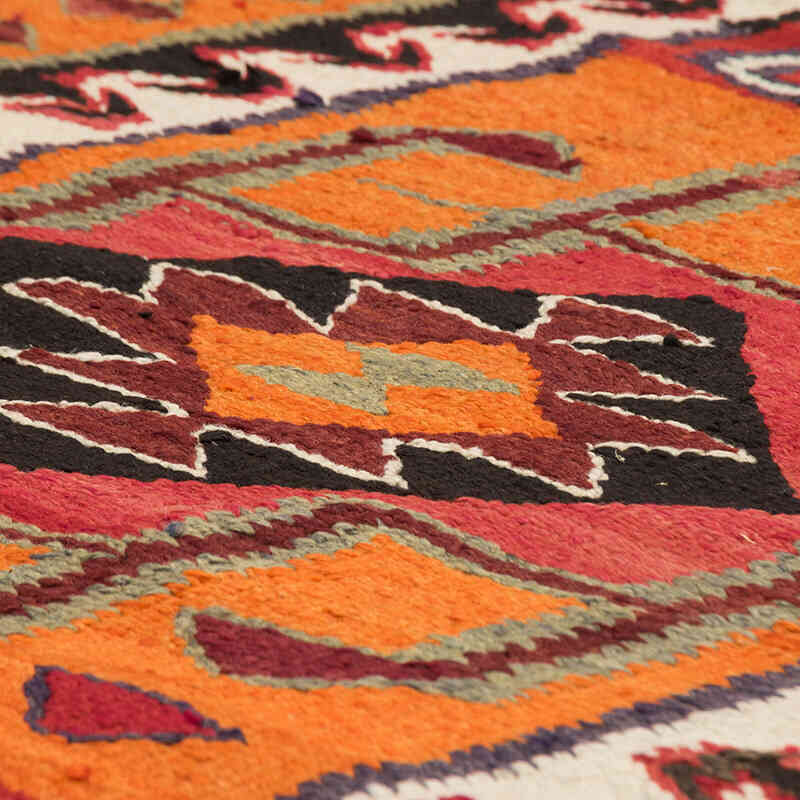
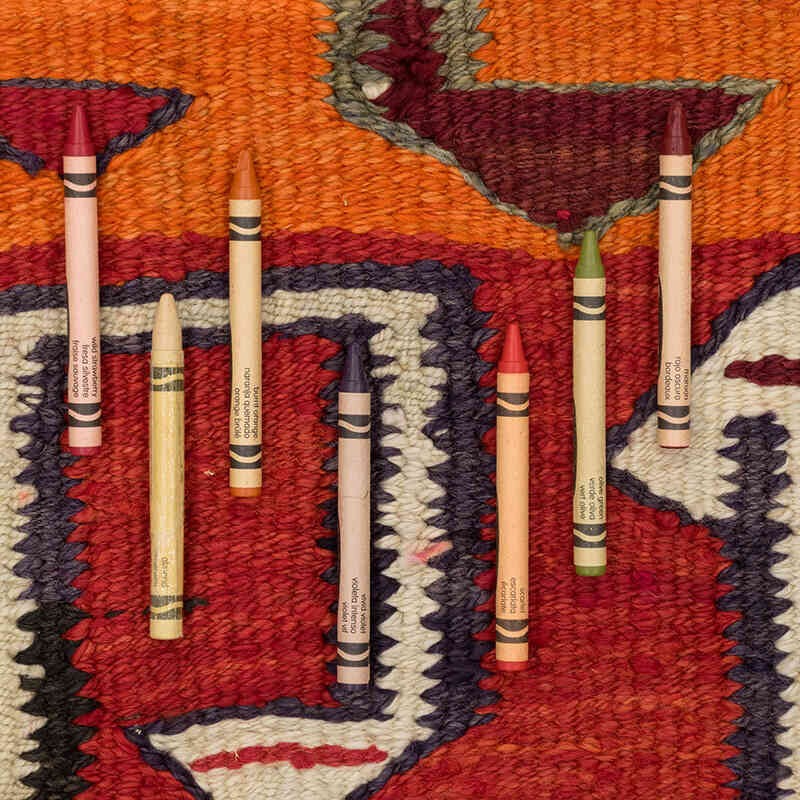

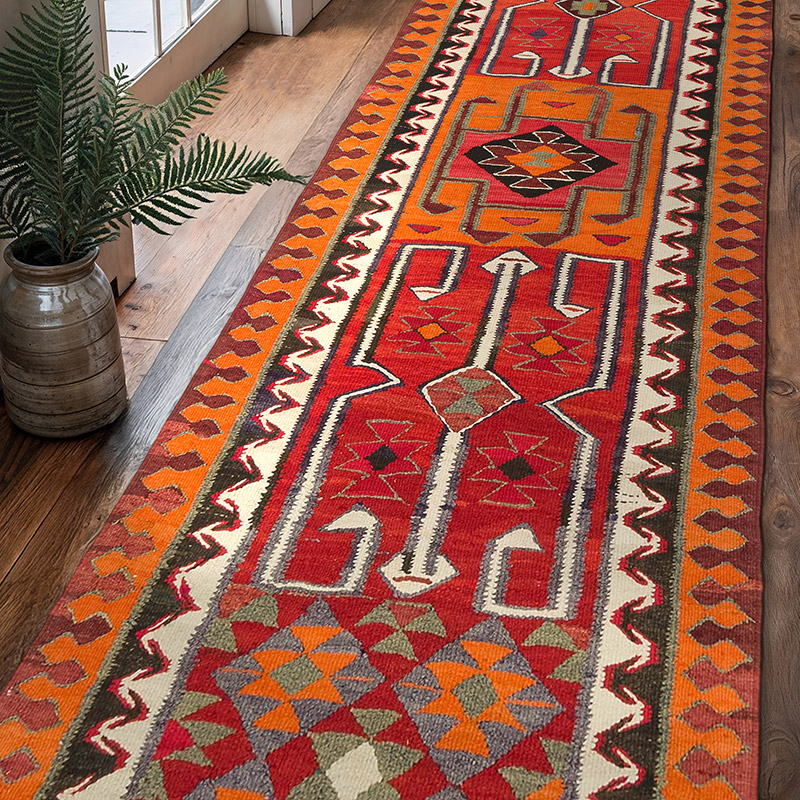

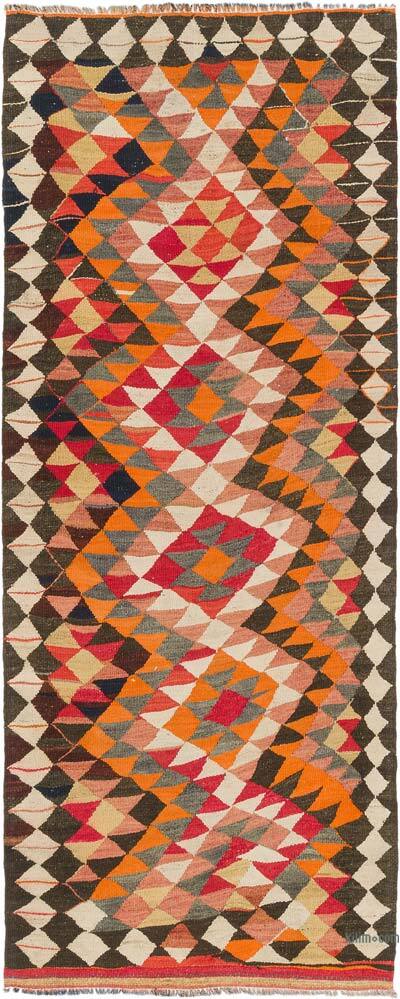














Very efficient and prompt couldn't…